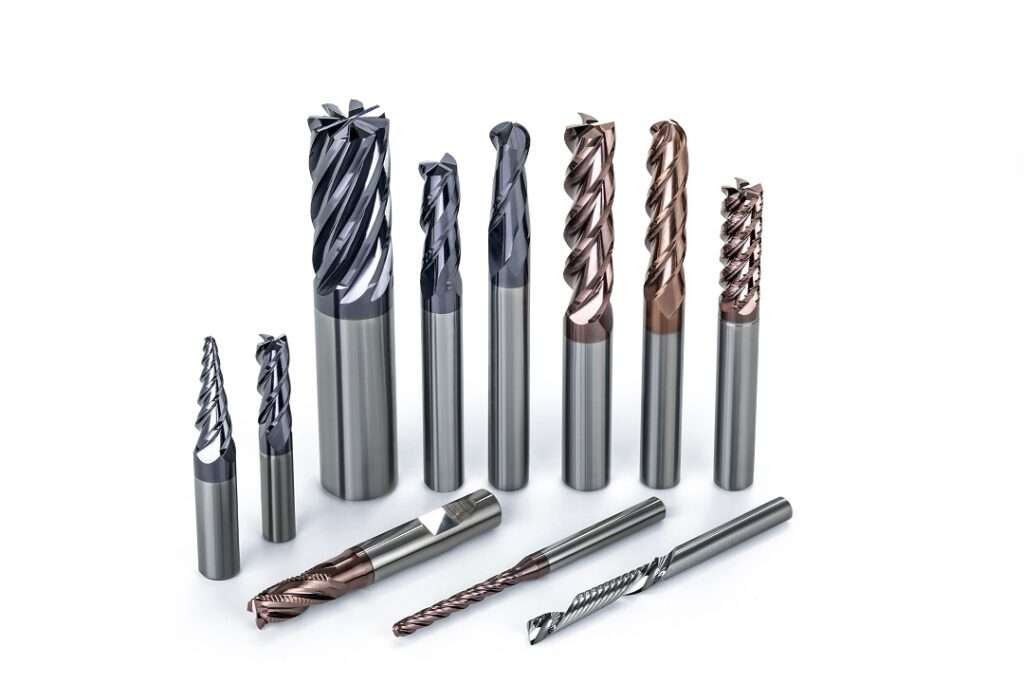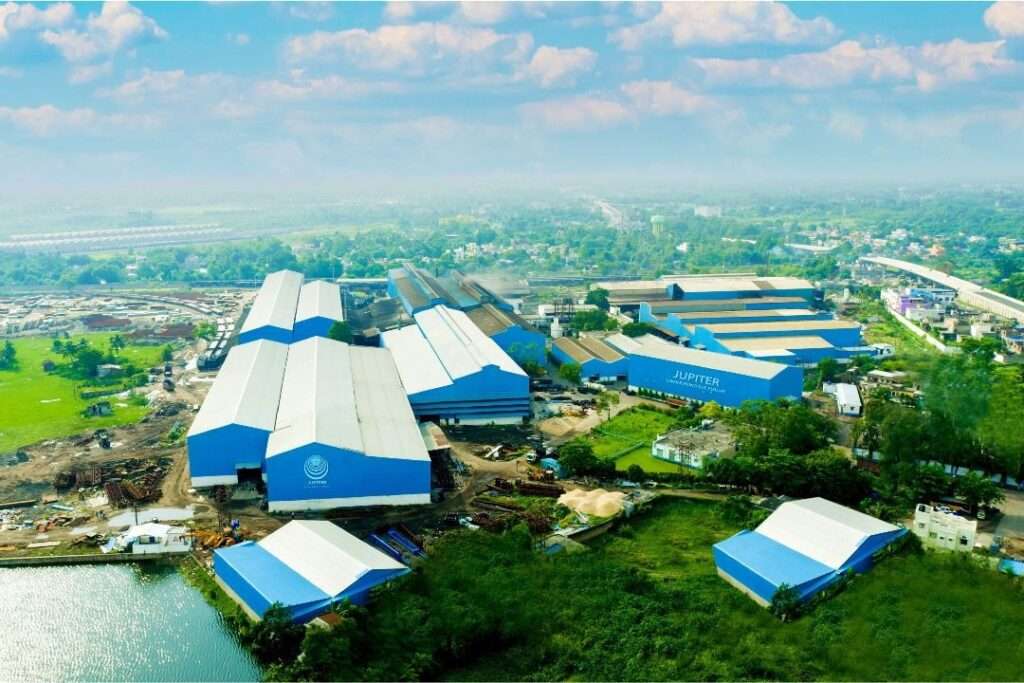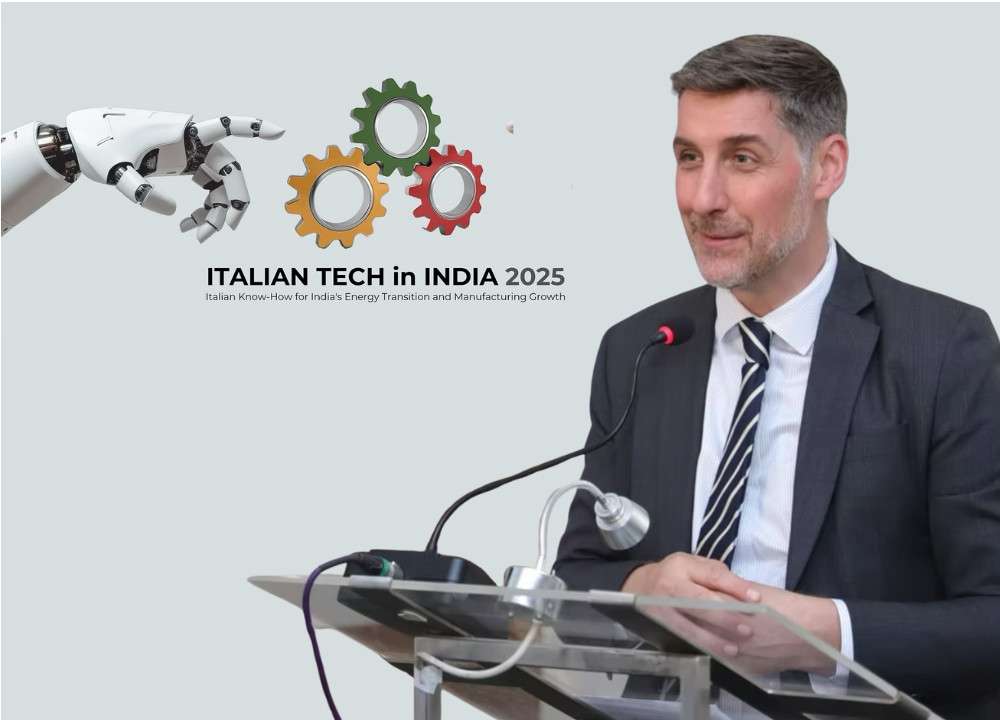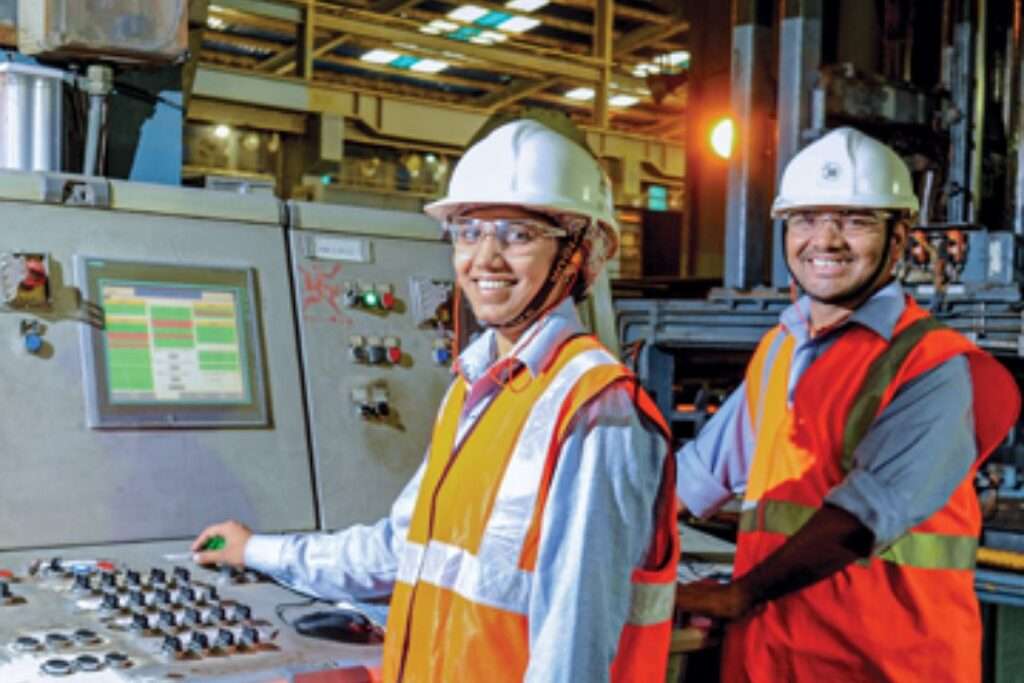The Tata Steel Foundation’s Samvaad, one of India’s largest tribal conclaves, returns to the Kala Ghoda Arts Festival (KGAF) for its second year, bringing vibrant tribal art and culture to the 25th edition of the festival in Mumbai, taking place from January 25 to February 2, 2025.
As part of this collaboration, four tribal artists from Jharkhand and Odisha have created 25 unique artworks for a special installation. These pieces, inspired by five different tribal art forms—Sohrai, Paitkar, Saura, Juang, and Gond—celebrate the festival’s 25-year legacy and highlight the rich traditions of tribal culture. The participating artists—Nandini Singh, Lakhimoni Sardar, Dinabandhu Soren, and Dhirendra—are entrepreneurs in self-help groups from these two states, and their works offer a window into the diverse stories and practices of tribal art.
Sourav Roy, CEO of Tata Steel Foundation, shared his enthusiasm for the collaboration, stating, “This partnership with Kala Ghoda is an opportunity to share the richness of tribal art with a broader audience. Building on last year’s success, we are excited to continue bringing the stories and traditions of tribal culture to the heart of urban India. We invite everyone to experience the diverse and captivating art of Samvaad.”
During the festival, Samvaad will feature two stalls every three days, showcasing the creations of 12 artisans from different tribes and regions across India. These stalls will offer a unique glimpse into tribal life and craftsmanship, focusing on natural materials and sustainable practices.
The showcase highlights the rich and intricate craftsmanship of tribal artisans, beginning with Santhal handicrafts, which intricately weave date leaves and fibers into creations that reflect the tribe’s deep connection to nature. Bamon Handicrafts, representing the Jaintia Tribe of Meghalaya, presents a diverse range of bamboo and cane products, including functional daily items and decorative pieces like baskets and mats, blending tradition with practicality. Meanwhile, the Srujanika Co-operative Society from Gopalpur brings Saura art to life through bamboo, silk, canvas, and magnets, offering a glimpse into the cultural heritage of the region.
Adding to the collection, the Pragati Udyog Mahila Samiti from Potka, Jharkhand, a women-led initiative, showcases a variety of handmade items, including woodwork, cloth bags, and Sohrai art, embodying empowerment and artistry. Ontor, representing the Santhal Tribe of Bengal, introduces authentic Sohrai art through cushions, candles, and wall décor, creating a fusion of tradition and modernity. Lastly, Bodo Weaves, from the Bodo Tribe of Assam, offers a stunning array of handwoven textiles such as shawls, sarees, mats, and carpets, celebrating the tribe’s textile heritage and craftsmanship. Together, these exhibits narrate the vibrant stories of India’s tribal communities and their artistry.
One of the highlights of this year’s edition will be a panel discussion at the David Sassoon Library on January 31, 2025. The discussion will feature speakers like Tsewang Nurboo (Boto Tribe, Ladakh), Mijing Nazary (Bodo Tribe, Assam), and Kiran Khalkho (Oraon Tribe, Jharkhand), who will share their insights on the future of tribal communities. The session will be moderated by Sourav Roy, CEO of Tata Steel Foundation.
The Tata Steel Foundation was established in 2016 to address development challenges faced by tribal and excluded communities across India. With a focus on education, health, livelihoods, gender equality, infrastructure, and tribal identity, the Foundation works across Jharkhand, West Bengal, Odisha, and other states. In FY24, it reached 4.77 million people through various initiatives and continues to work towards creating an equitable society where individuals can realize their full potential with dignity.








